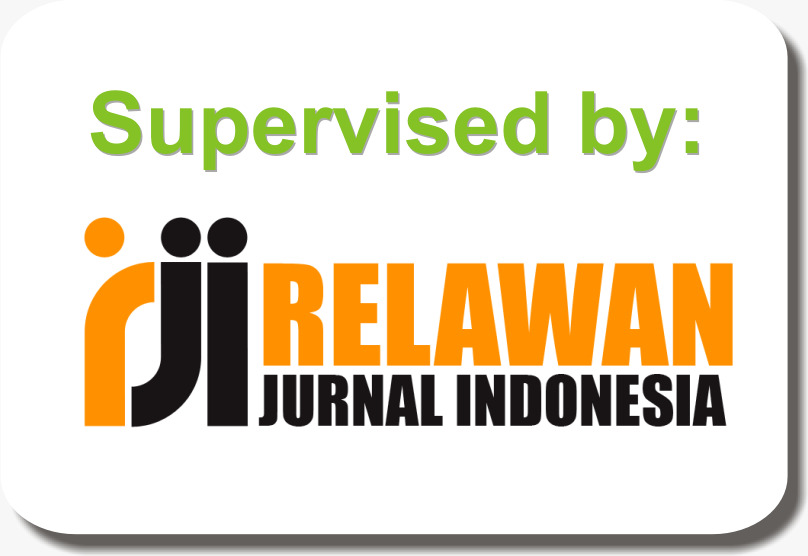MISKONSEPSI MATERI FOTOSINTESIS DALAM PEMBELAJARAN ILMU PENGETAHUAN ALAM (IPA) DI SD/MI
DOI:
https://doi.org/10.21154/cendekia.v10i2.411Abstract
Abstract: The quality of science education that is still unsatisfying can be effected by misconceptions and learning conditions that less pay attention to learners’ preconceptions. Misconception is frequently happened among students in all levels of education, including elementary school students, secondary schools students, up to university or college students and even someone who have already worked. The most common misconceptions are caused by the initial concept (preconception) in which it was taken to formal education. As a result, many of elementary school students are encountered with misconception. Since childhood, people have already constructed such concepts through daily experiences, and it is possible to say that they have undergone a process of learning early. The cause of misconceptions that happen to learners are vary, including learners from itself, educators, textbooks, contexts, and methods of teaching. All science materials are possible to create misconception among learners, for instance, photosynthesis. The example of misconceptions in this material include the process of photosynthesis in which students assume that it occurs only during the day with the help of sunlight, only plants whose green leaf that capable to have photosynthesis; chlorophyll present in the leaves alone, as well as plants perform photosynthesis during the day while at night plants do breathe. The misconception is a major problem in learning science as it can disrupt the formation of a scientific conception.
Downloads
Published
How to Cite
Issue
Section
License
Copyright & License
Please find the rights and licenses in Cendekia: Jurnal Kependidikan dan Kemasyarakatan. By submitting the article/manuscript, the author(s) agree with this policy. No specific document sign-off is required.
1. License
The non-commercial use of the article will be governed by the Creative Commons Attribution license as currently displayed on the Creative Commons Attribution-NonCommercial 4.0 International License.
2. Author(s)' Warranties
The author warrants that the article is original, written by the stated author(s), has not been published before, contains no unlawful statements, does not infringe the rights of others, is subject to copyright that is vested exclusively in the author and free of any third party rights, and that any necessary written permissions to quote from other sources have been obtained by the author(s).
3. User/Public Rights
The spirit of Cendekia: Jurnal Kependidikan dan Kemasyarakatan is to disseminate articles published as free as possible. Under the Creative Commons license, Cendekia: Jurnal Kependidikan dan Kemasyarakatan permits users to copy, distribute, display, and perform the work for non-commercial purposes. Users will also need to attribute authors and Cendekia: Jurnal Kependidikan dan Kemasyarakatan on distributing works in the journal and other media of publications. Unless otherwise stated, the authors are public entities as soon as their articles got published.
4. Rights of Authors
Authors retain all their rights to the published works, such as (but not limited to) the following rights;
- Copyright and other proprietary rights relating to the article, such as patent rights,
- The right to use the substance of the article in own future works, including lectures and books,
- The right to reproduce the article for own purposes,
- The right to self-archive the article,
- The right to enter into separate, additional contractual arrangements for the non-exclusive distribution of the article's published version (e.g., post it to an institutional repository or publish it in a book), with an acknowledgment of its initial publication in this journal (Cendekia: Jurnal Kependidikan dan Kemasyarakatan).
5. Co-Authorship
If the article was jointly prepared by more than one author, any author submitting the manuscript warrants that he/she has been authorized by all co-authors to be agreed on this copyright and license notice (agreement) on their behalf and agrees to inform his/her co-authors of the terms of this policy. Cendekia: Jurnal Kependidikan dan Kemasyarakatan will not be held liable for anything arising due to the author(s) internal dispute. Cendekia: Jurnal Kependidikan dan Kemasyarakatan will only communicate with the corresponding author.
6. Royalties
Being an open accessed journal and disseminating articles for free under the Creative Commons license term mentioned, the author(s) are aware that Cendekia: Jurnal Kependidikan dan Kemasyarakatan entitles the author(s) to no royalties or other fees.
7. Miscellaneous
Cendekia: Jurnal Kependidikan dan Kemasyarakatan will publish the article (or have it published) in the journal if the article's editorial process is completed. The editors of Cendekia: Jurnal Kependidikan dan Kemasyarakatan may modify the paper to a style of punctuation, spelling, capitalization, referencing, and usage that deems appropriate. The author acknowledges that the article may be published so that it will be publicly accessible, and such access will be free of charge for the readers, as mentioned in point 3.

















